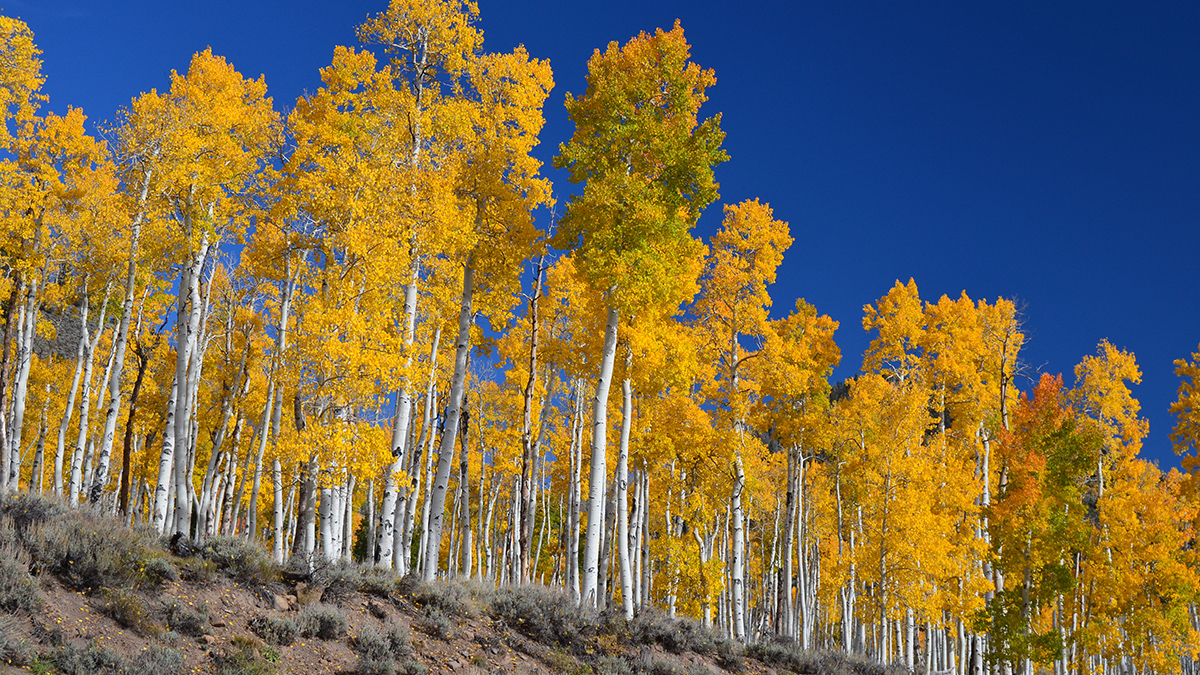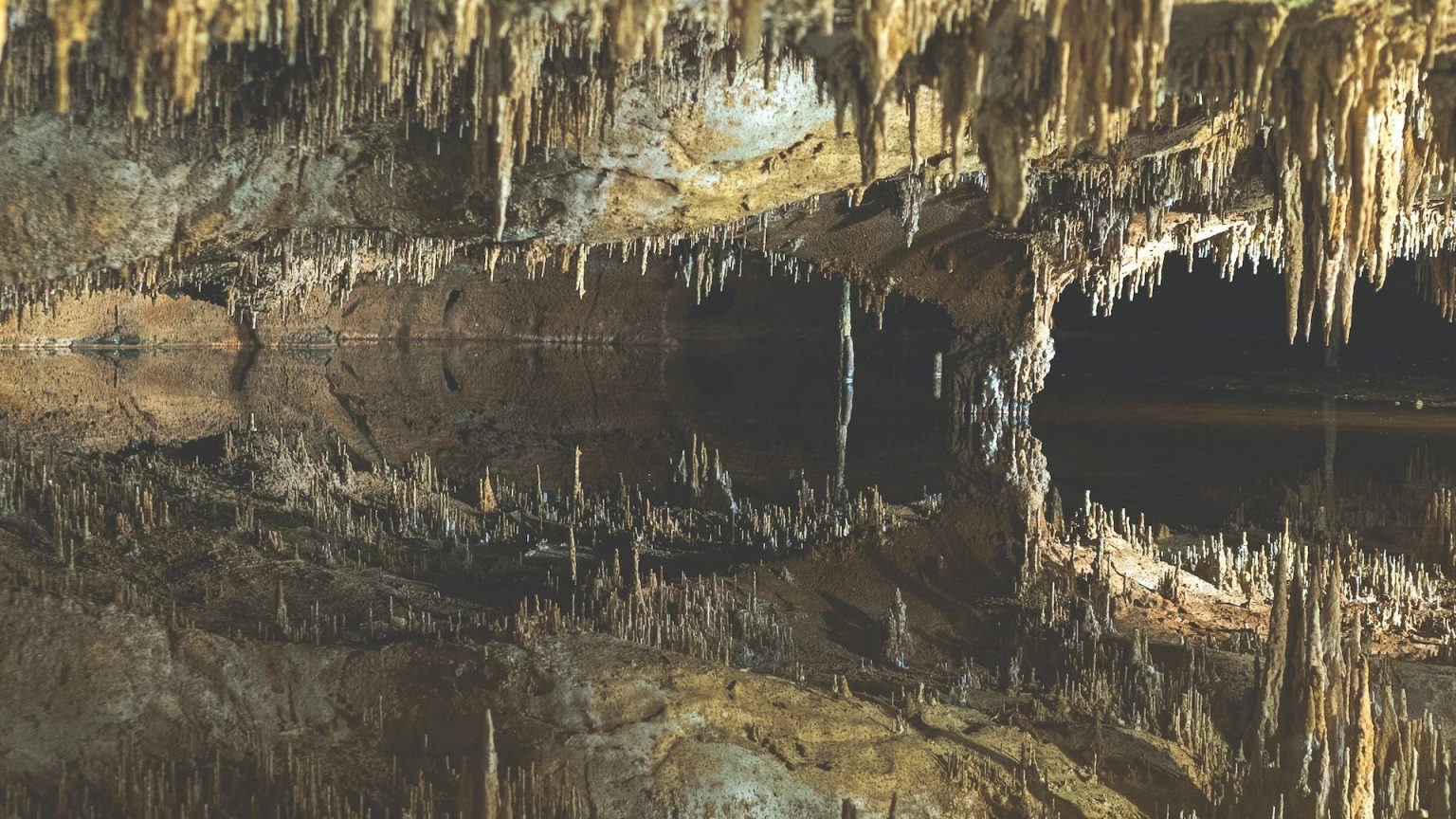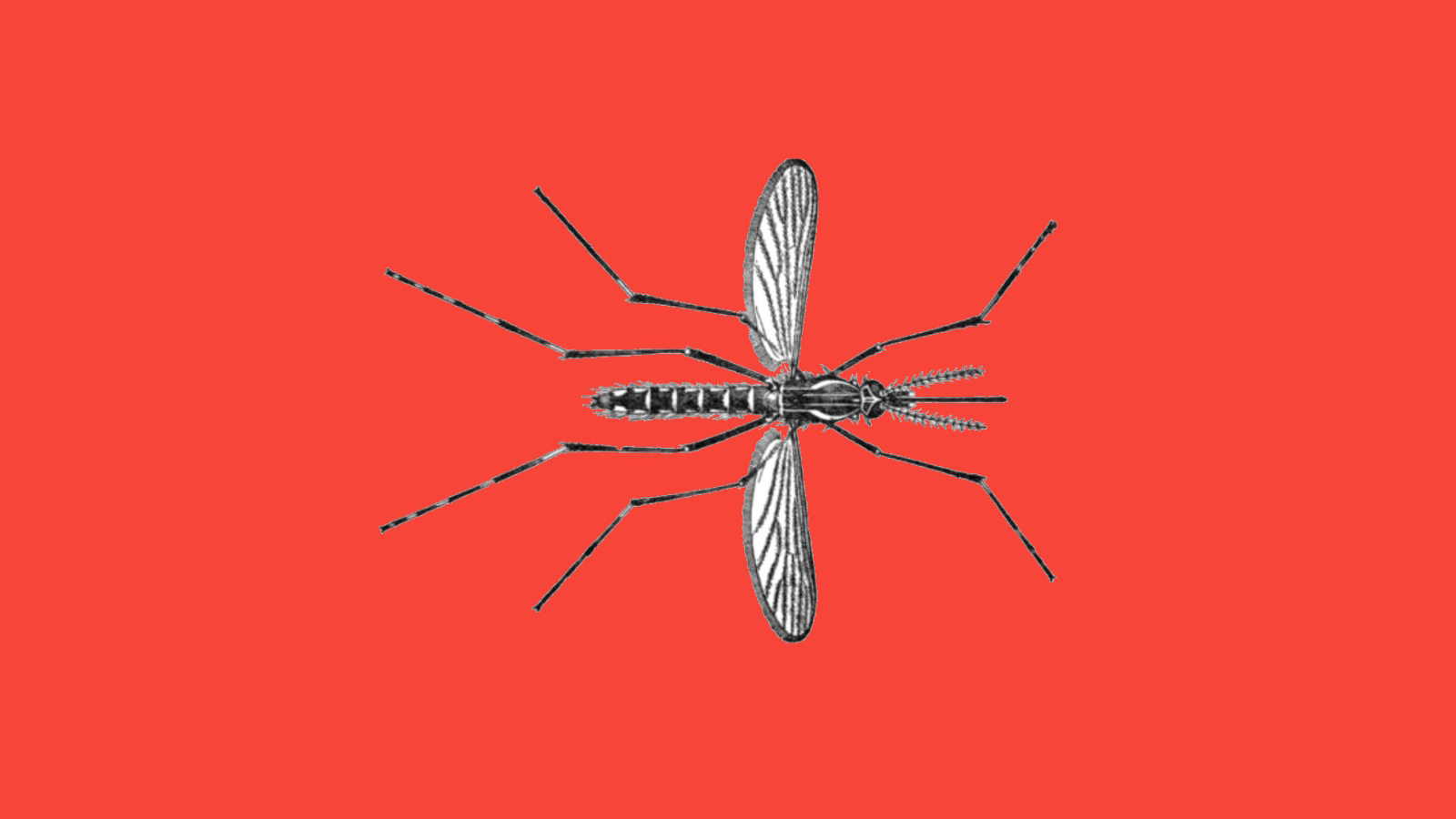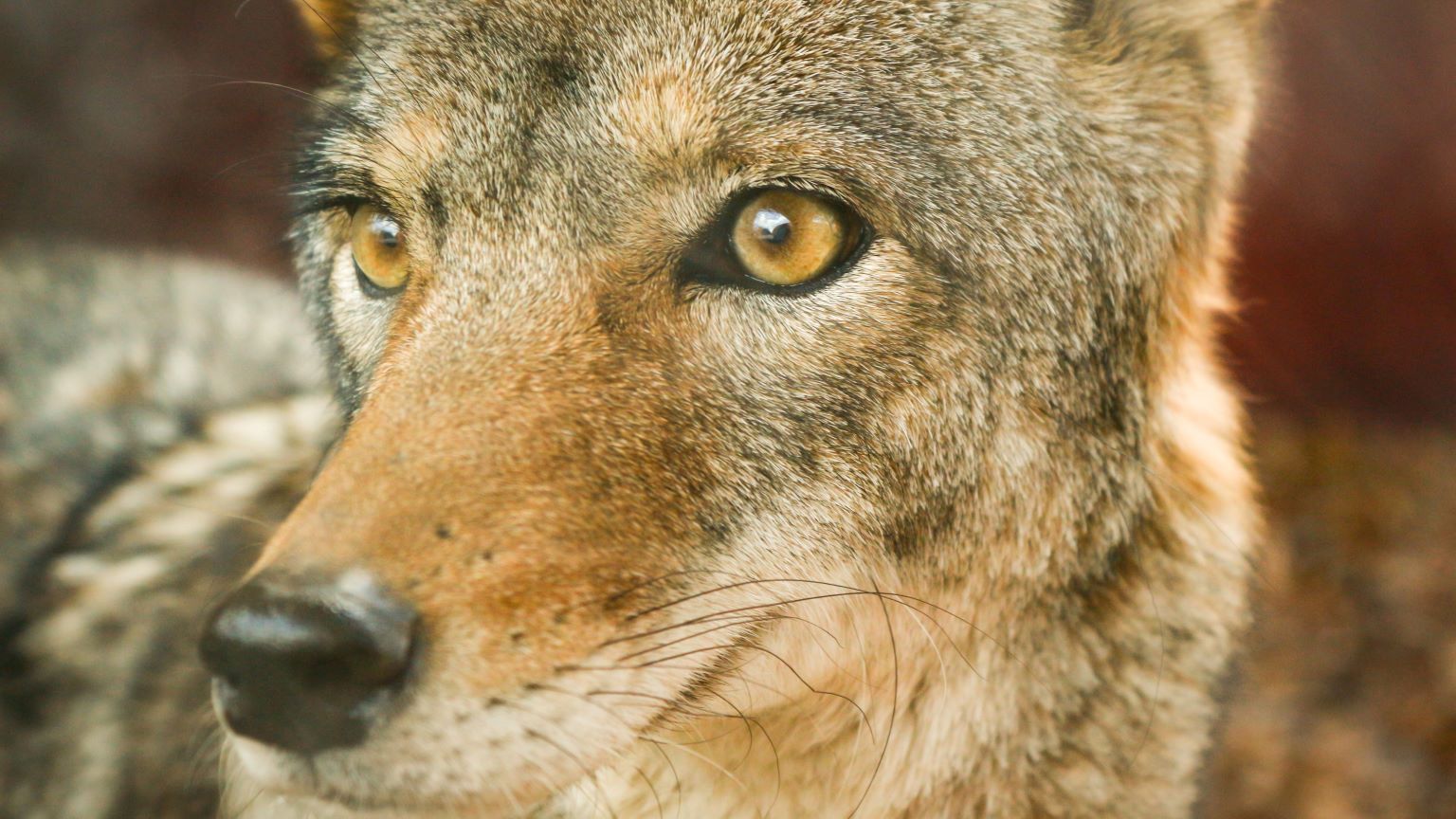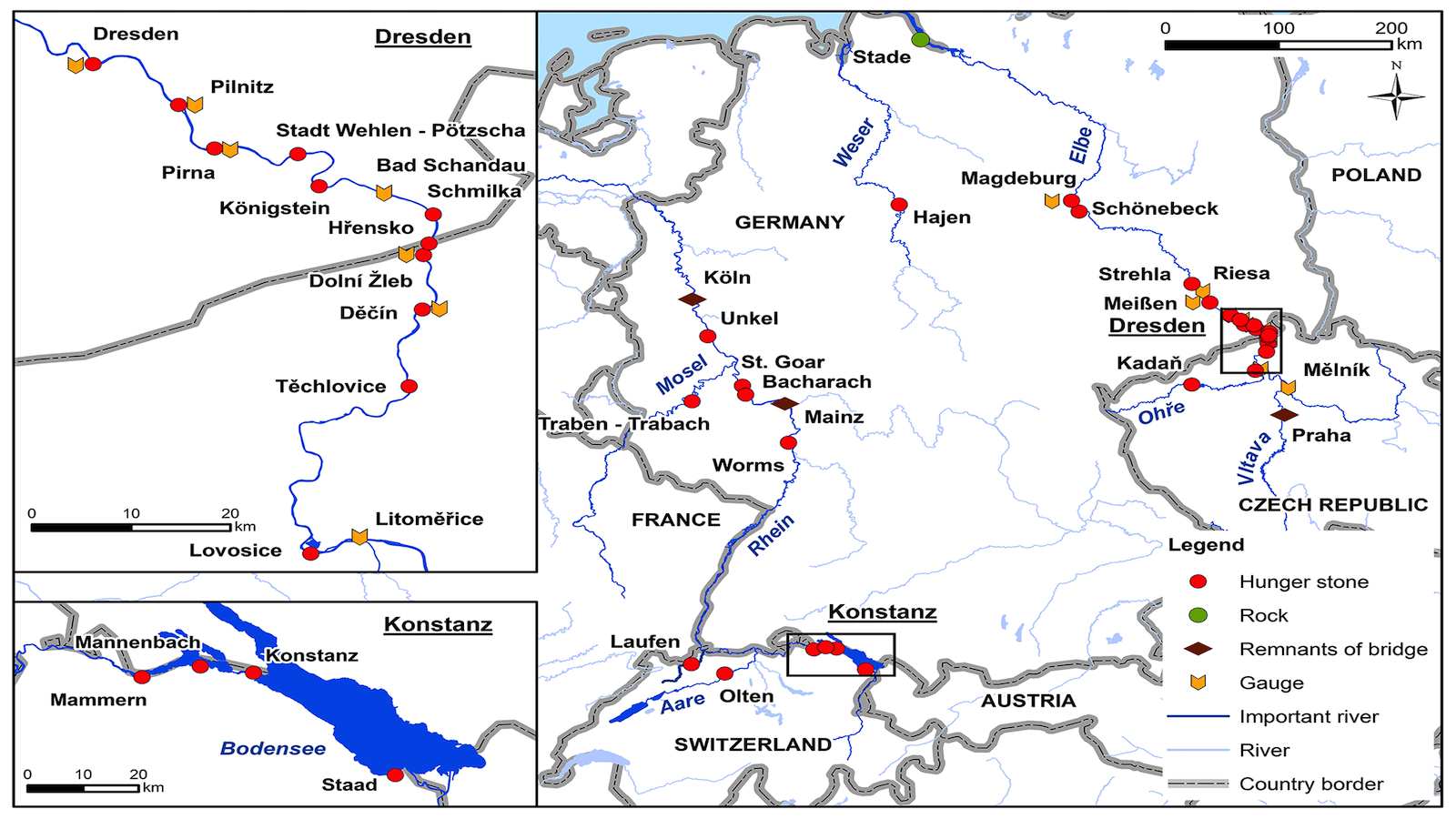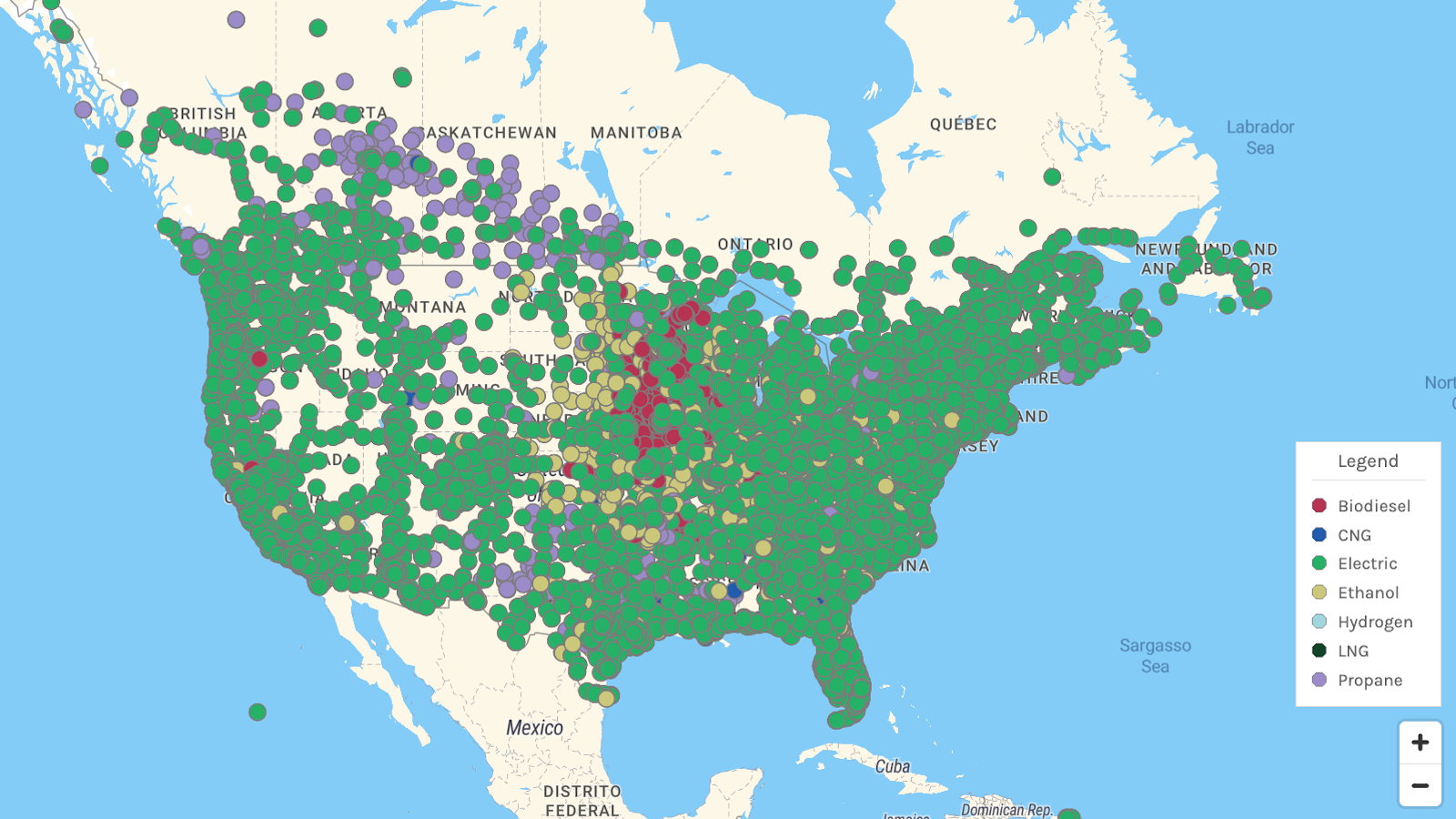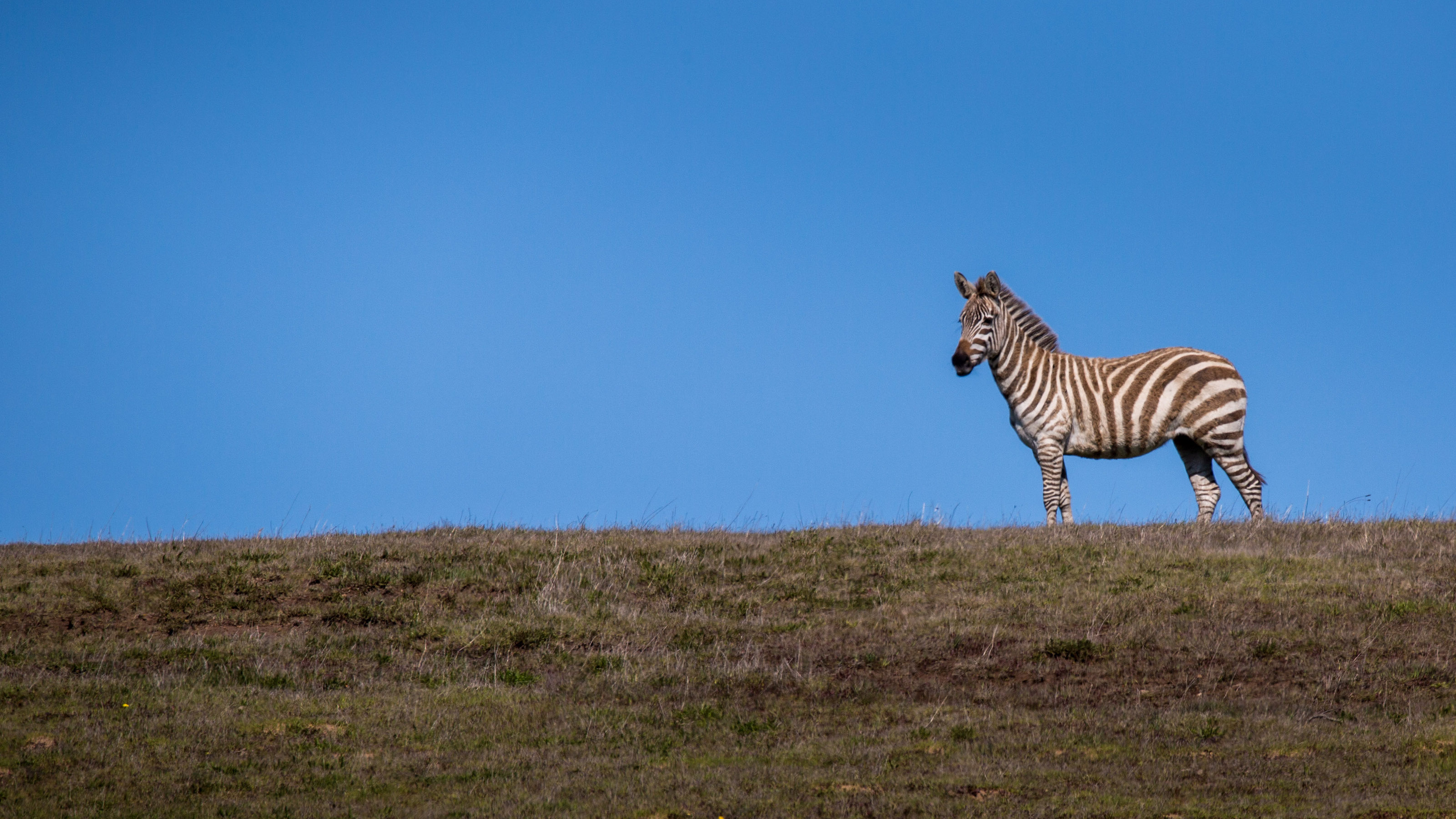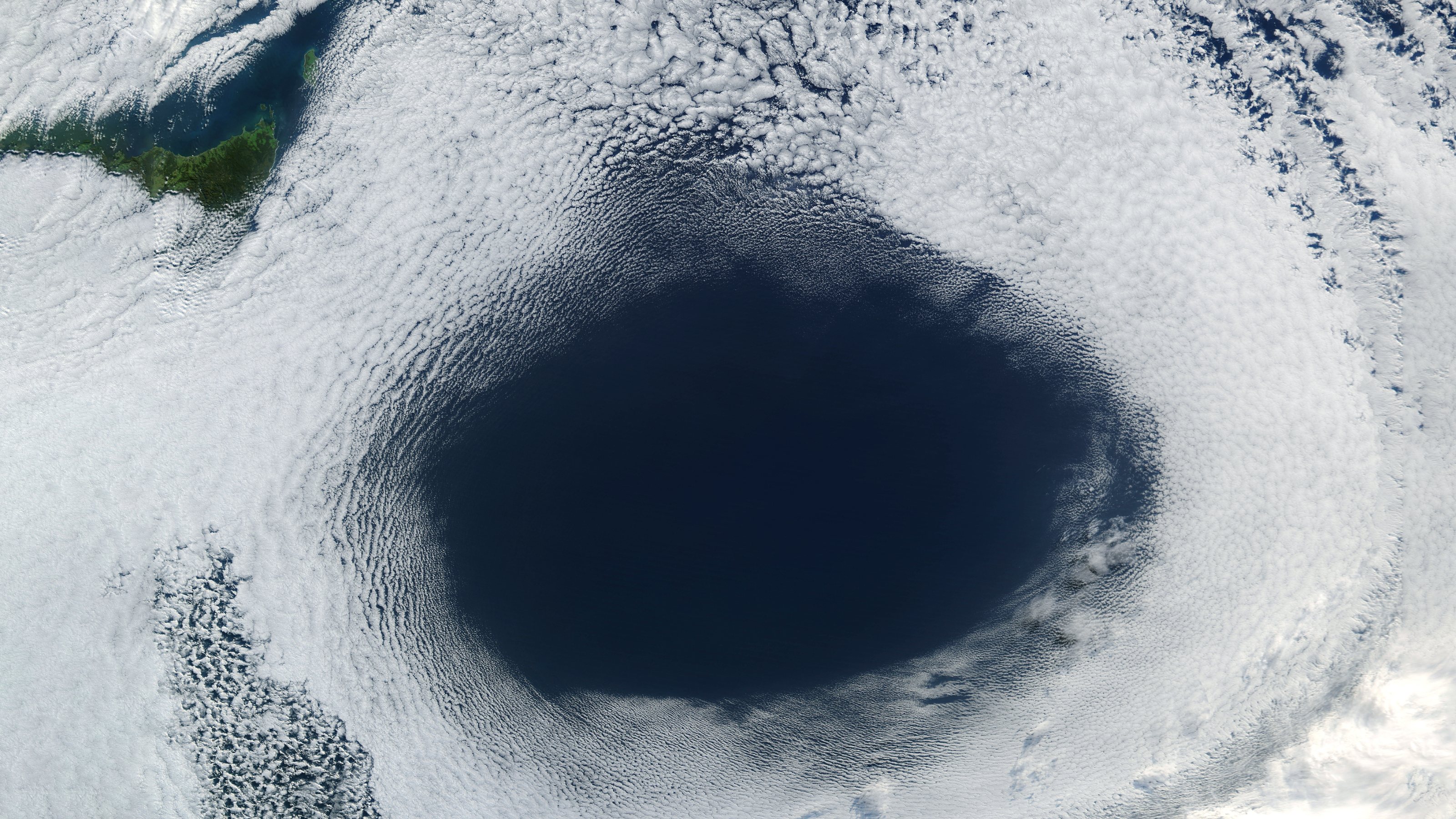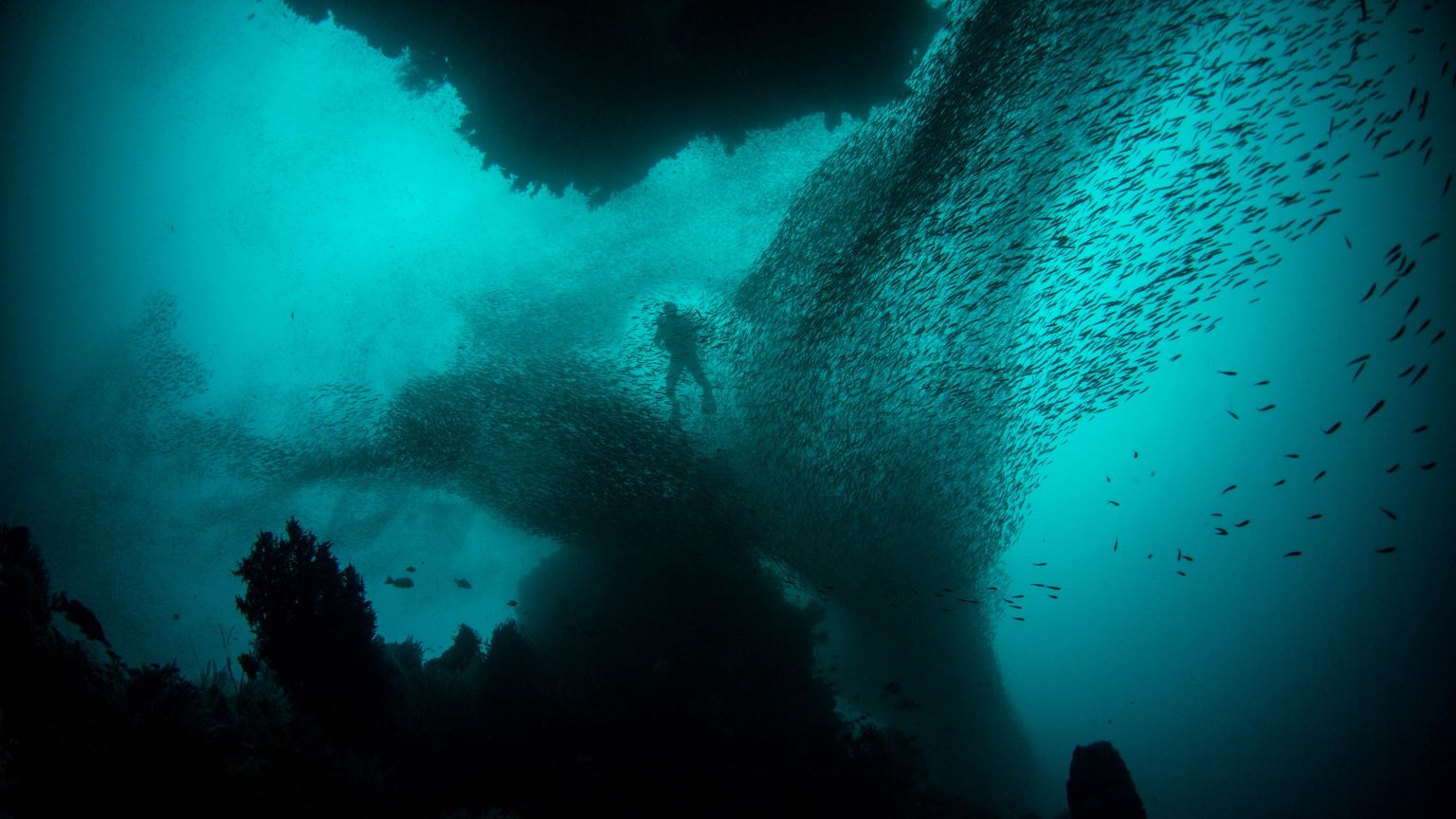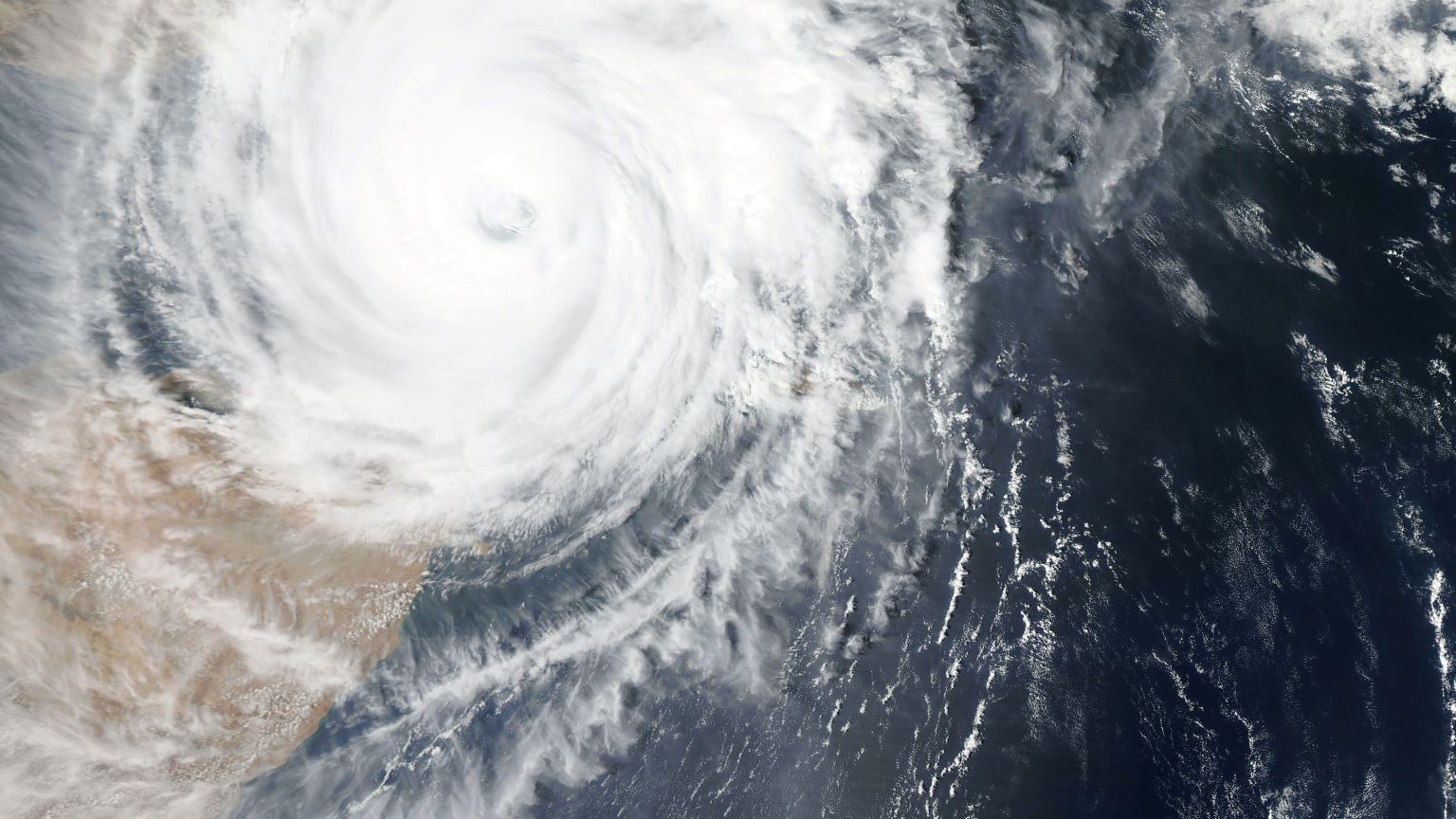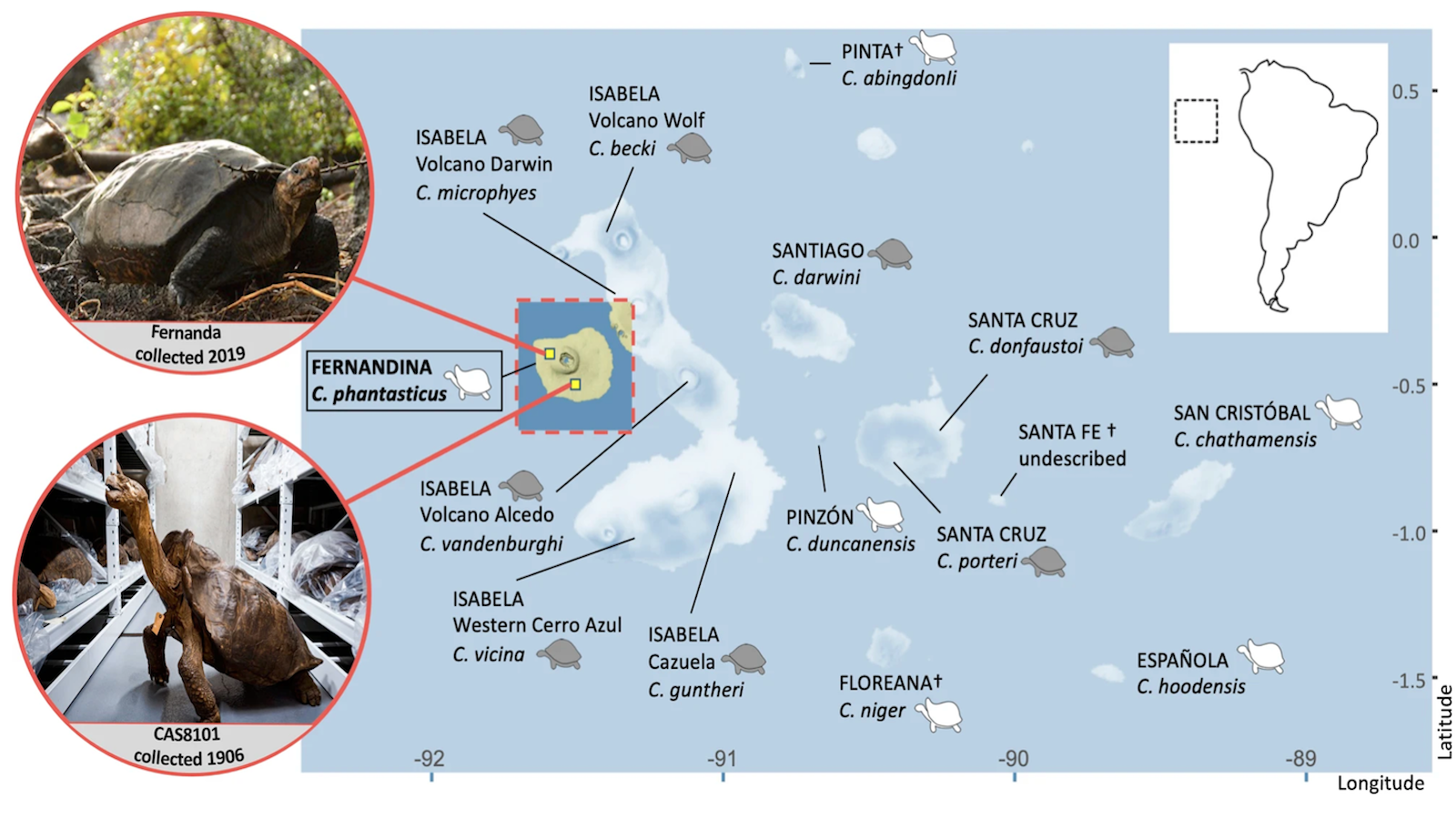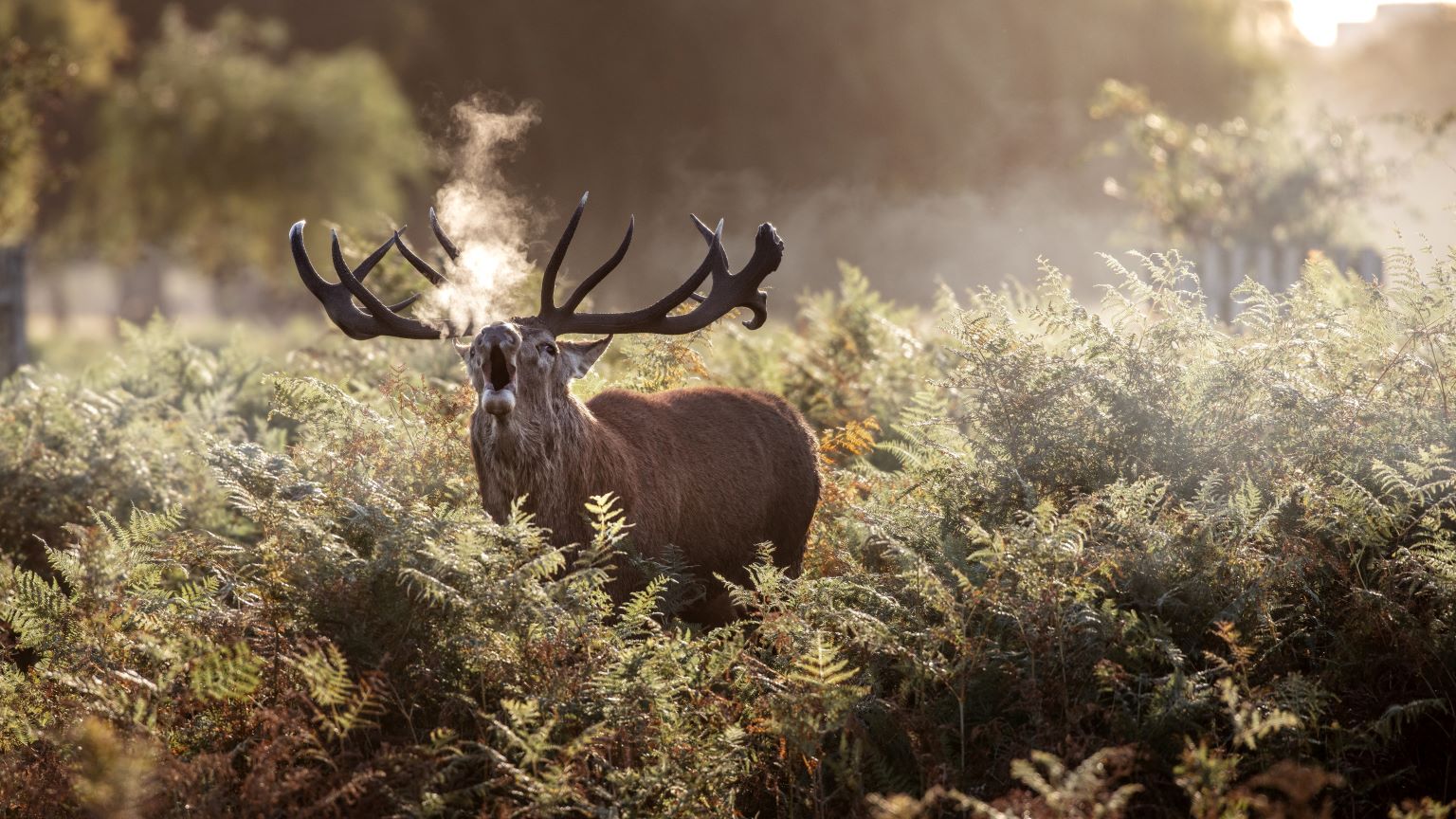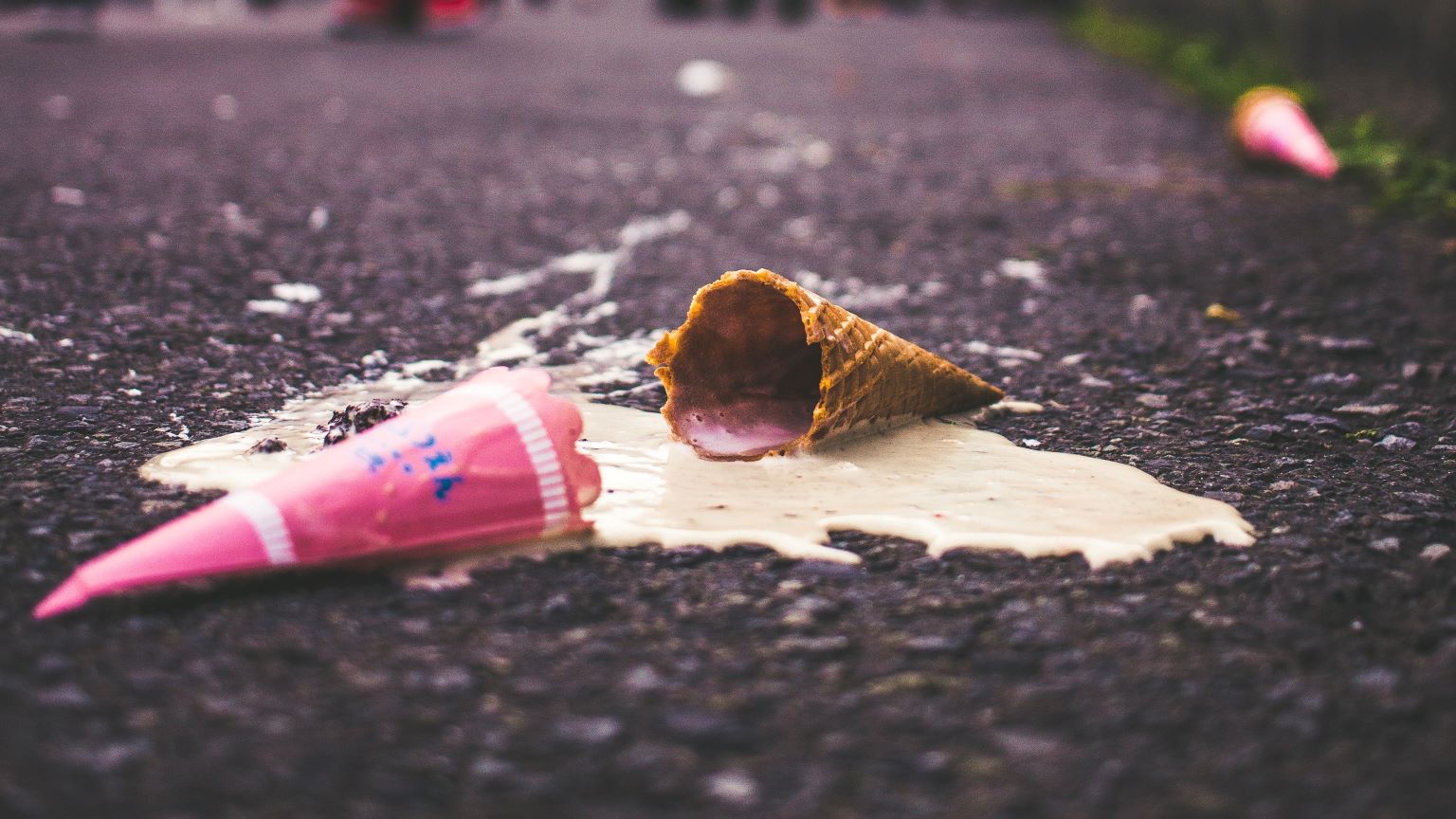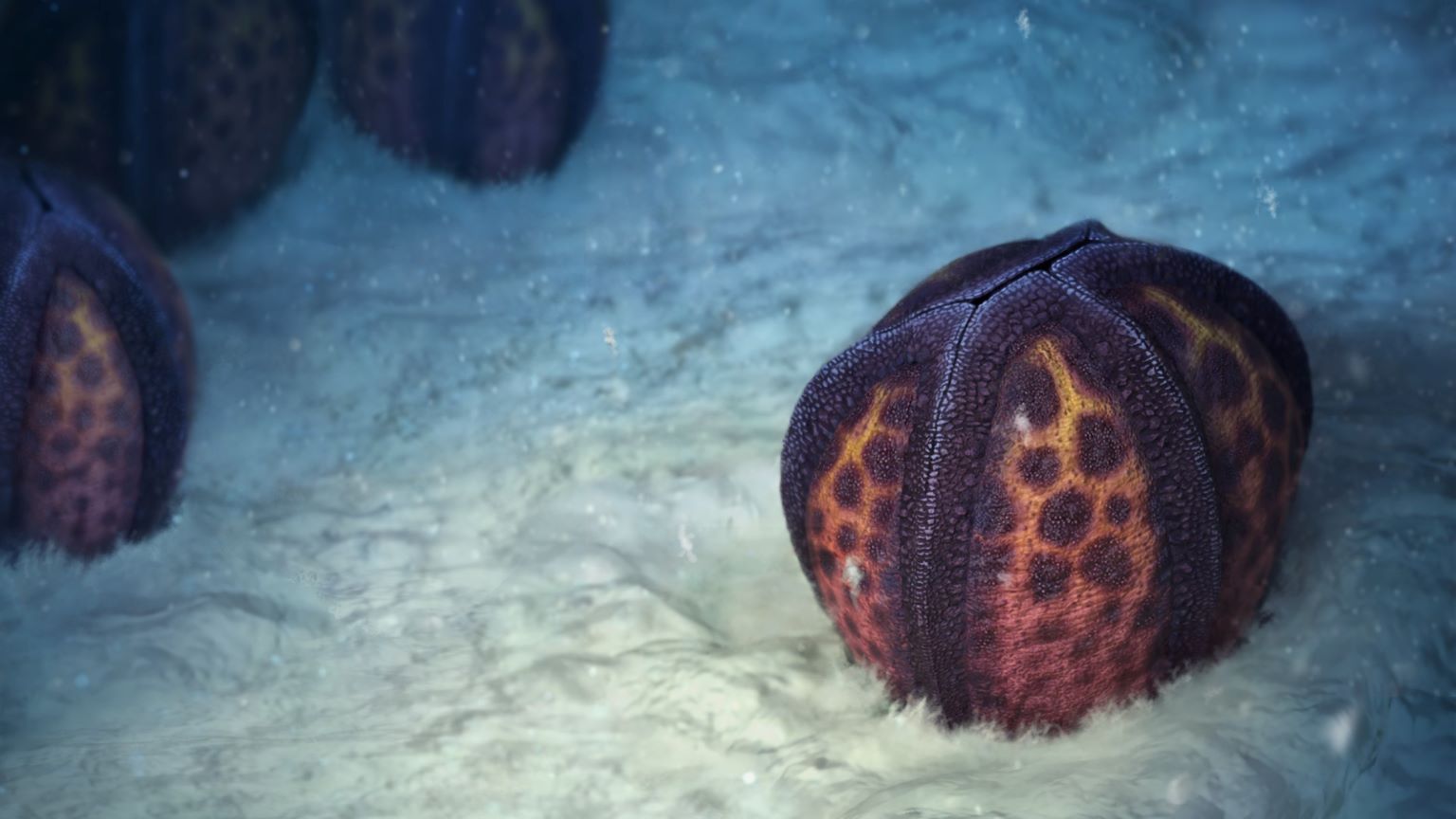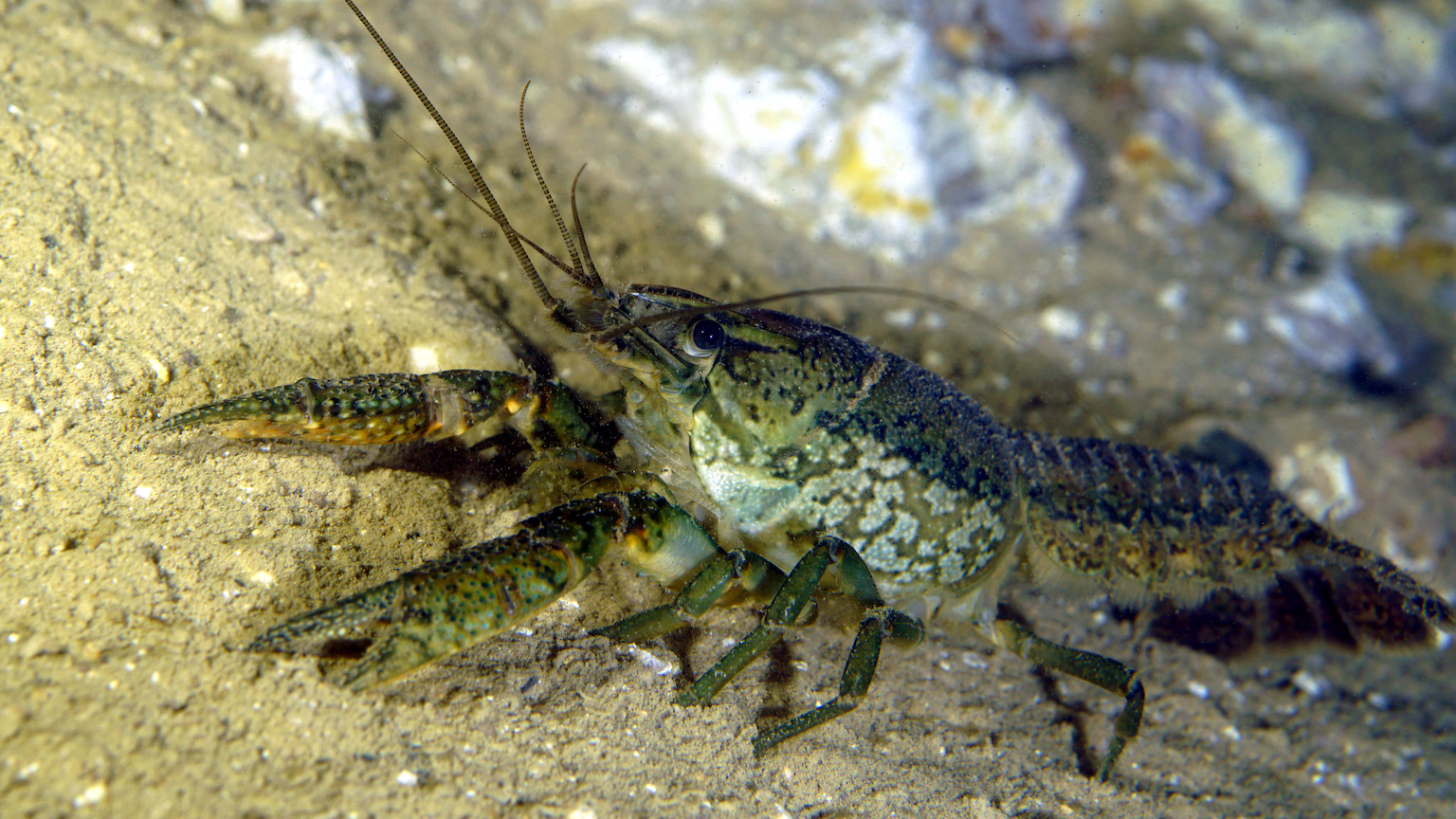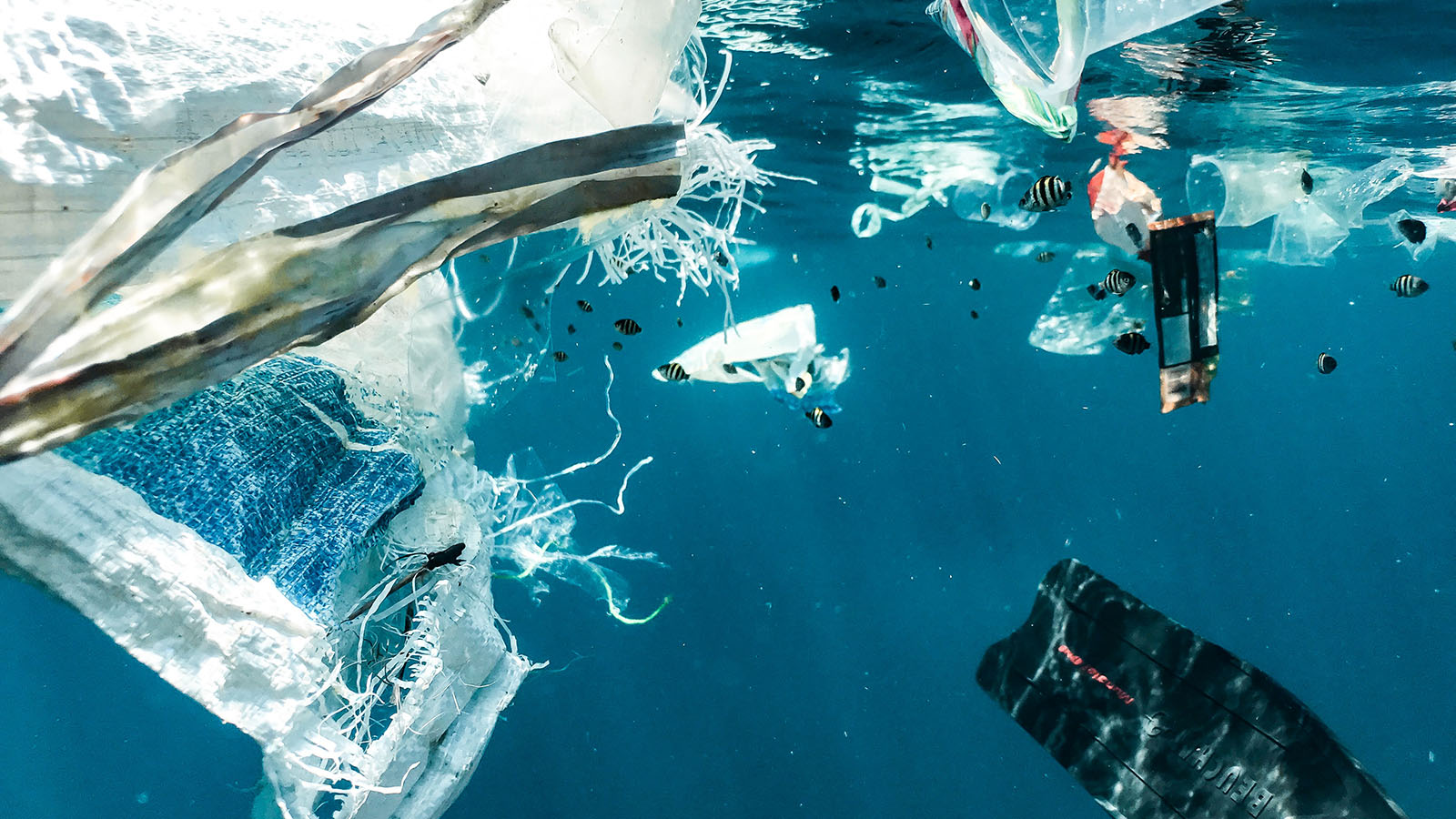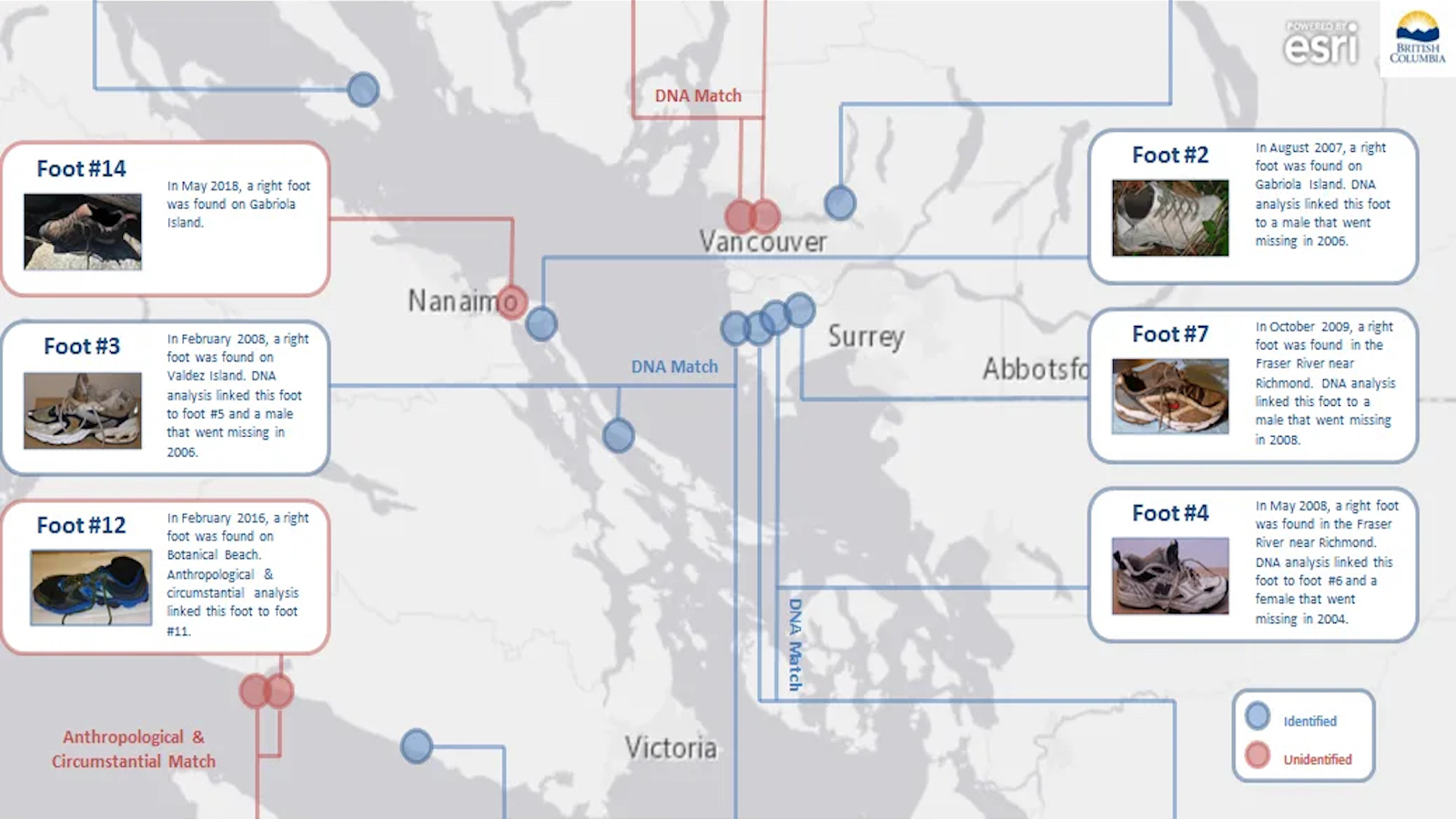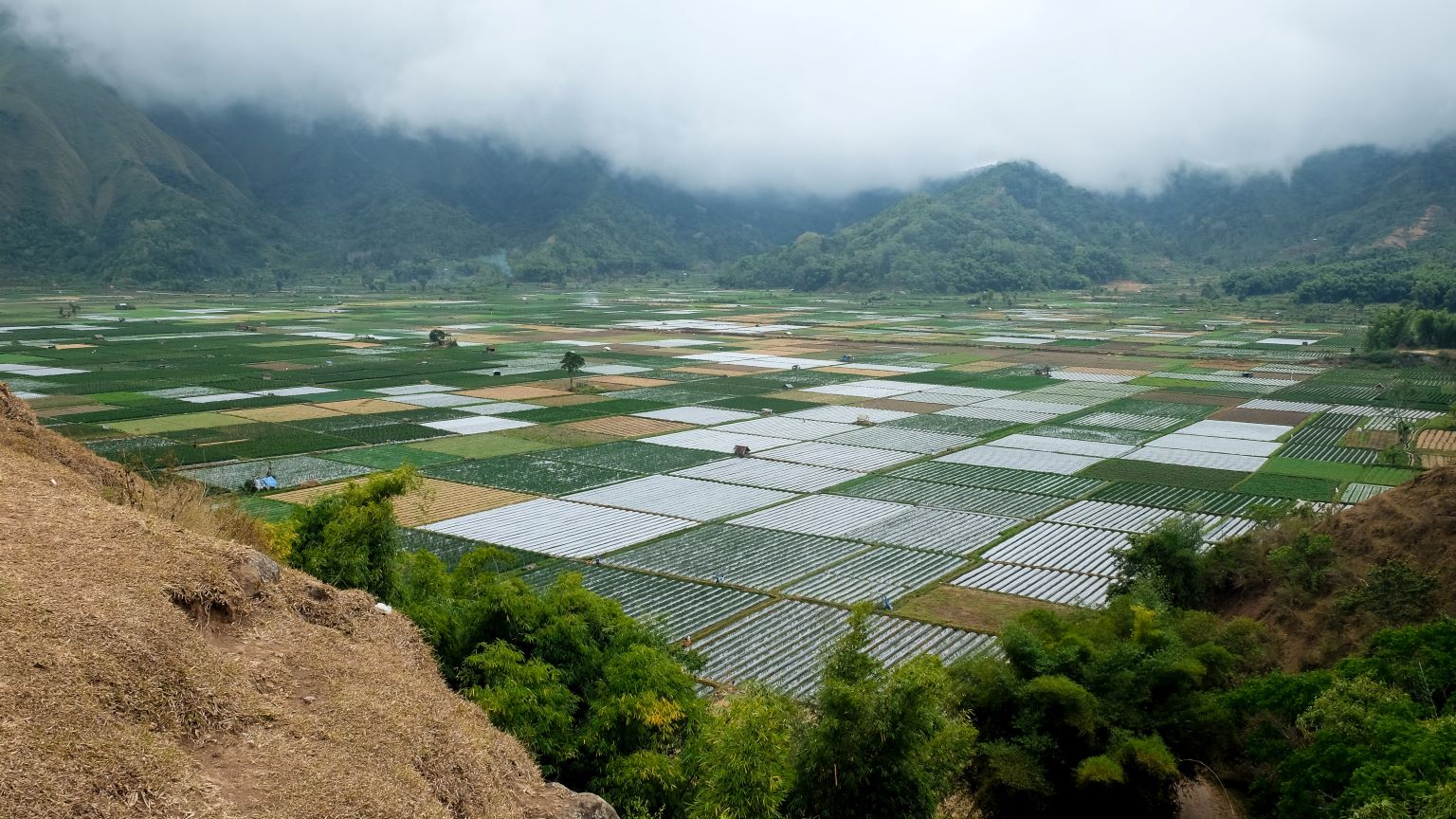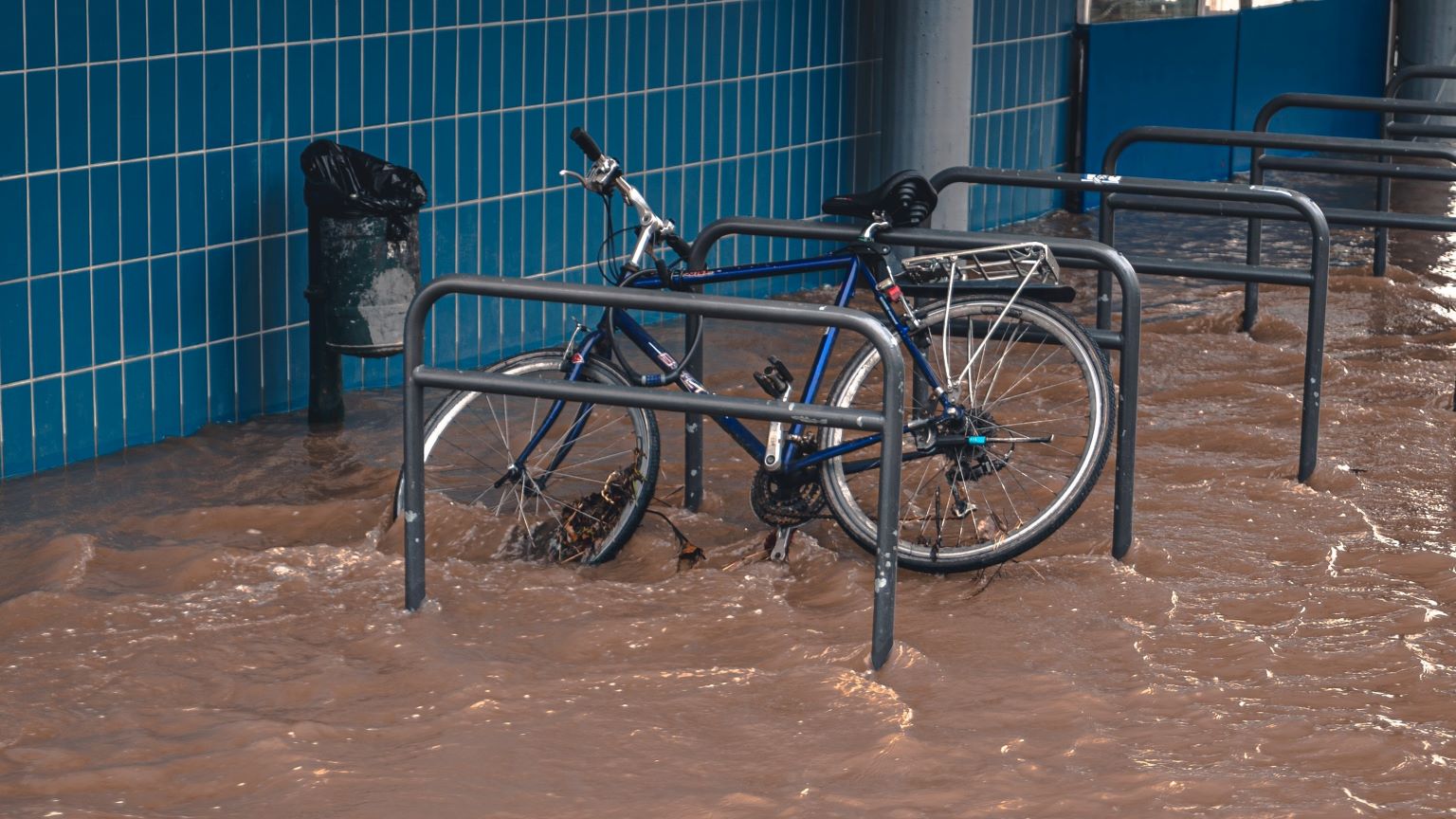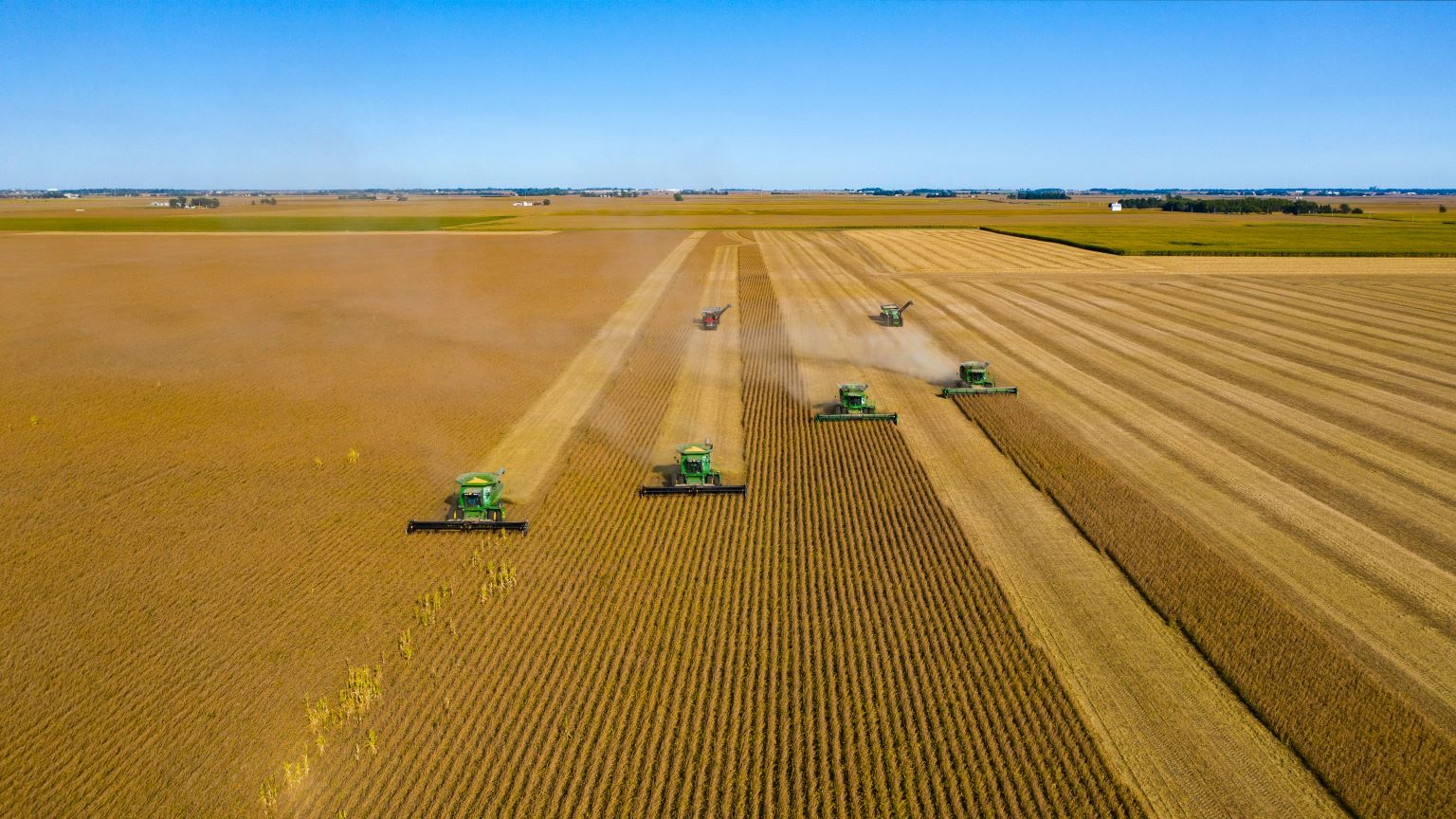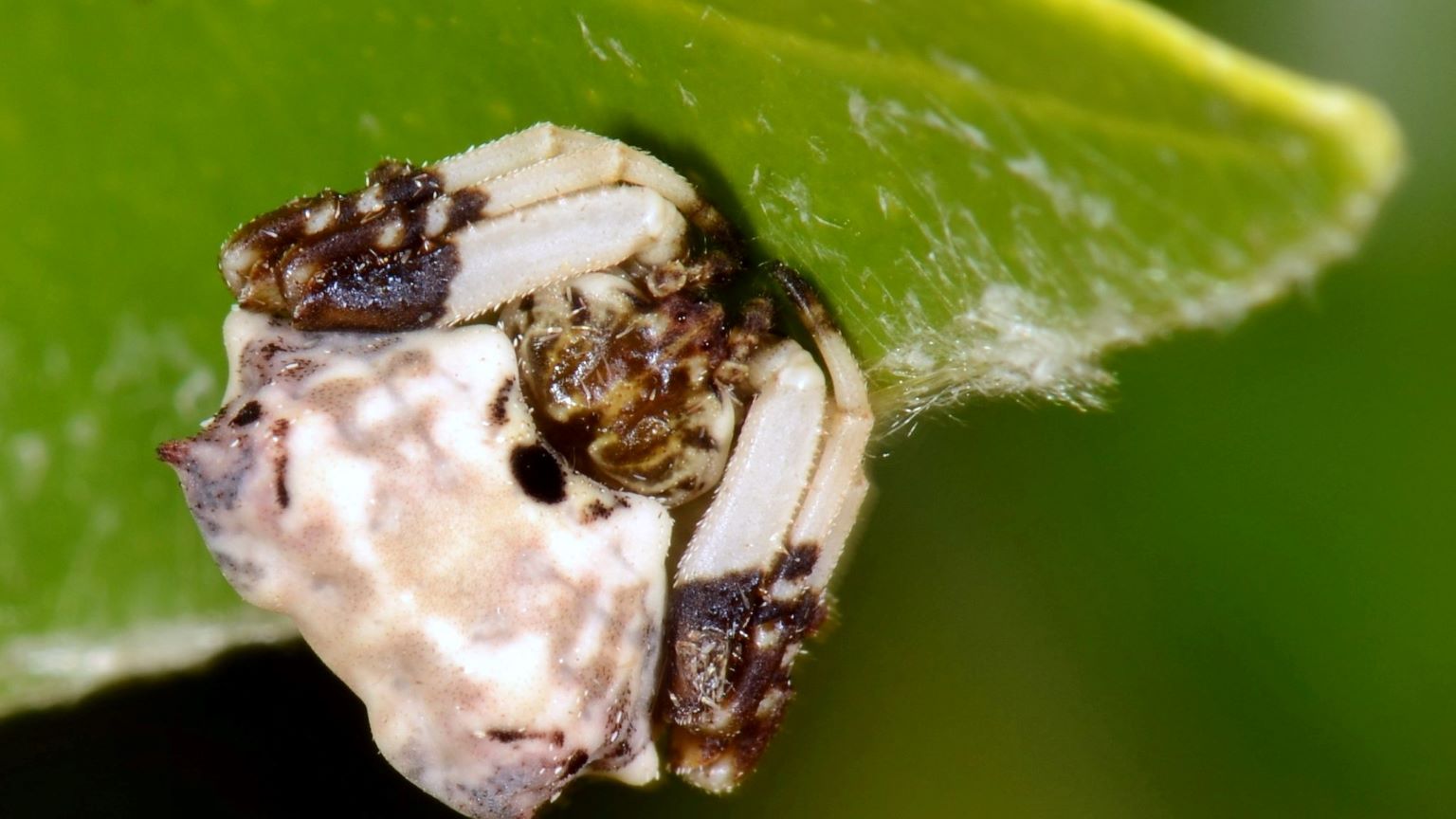environment
Pando is a stand of aspen in Utah that is 14,000 years old and weighs 12 million pounds. Humans threaten to end its long reign.
The monsoon rains were not always so reliable.
A medical entomologist points to metabolism, body odor, and mindset.
Should you blast the A/C even when you’re not at home?
Here’s how to appreciate them from a distance.
“When you see me, weep.” When rivers dry up in Central Europe, “hunger stones” with ominous inscribed warnings from centuries past reappear.
EV charging stations are the most widespread alternative to gas and diesel pumps. Each alternative has its own hotspots and “deserts.”
Some artifacts drown in shipwrecks, others are taken by the tide. Many others will vanish as a result of climate change and rising sea levels.
In paint form, the world’s “whitest white” reflects so much light that surfaces become cooler than the surrounding air.
The zebras were originally part of a newspaper tycoon’s private zoo. Now they roam the San Simeon grasslands, growing in numbers.
Deliveries of the $250k Lightyear 0 will start in November 2022.
Cement production currently accounts for 8% of global carbon emissions.
Livestock now outweighs wild mammals and birds ten-fold.
Some ozone experts seriously doubt the findings.
Scuba divers often appear to be swimming through a calm and muffled universe. This couldn’t be farther from the truth.
A marine scientist explains the threat of the Loop Current, a 800-pound gorilla of Gulf hurricane risks.
Genetic analysis reveals that a specimen collected in 2019 is the same subspecies as one caught more than a century earlier.
Here’s why mega-eruptions like the ones that covered North America in ash are the least of your worries.
There’s a fatal prion infection killing deer and elk across North America.
Here’s what the weather phenomenon baking large parts of the country actually means.
Yorkicystis lived during the “Cambrian explosion,” 539 million to 485 million years ago – hundreds of million years before the dinosaurs.
All marbled crayfish descended from a single clone discovered in Heidelberg, Germany in 1995.
Any alien civilization that grows to span an entire planet would spark the same effects that we have. So, what do we do about it?
Scientists have discovered enzymes from several plastic-eating bacteria. So, why are our oceans still full of plastic pollution?
The weirdest thing about the 21 feet found near Vancouver since 2007? Foul play has been ruled out.
This marks a historic moment in humanity’s relationship to the planet.
At least 33 cities are sinking by more than 1 cm a year.
Only 1% of corn grown is the U.S. is the type that people eat.
An effect called the “urban heat island” means that temperatures are often 10 degrees higher in cities, according to NASA.
Disgusting behavior is often crucial to survival.
